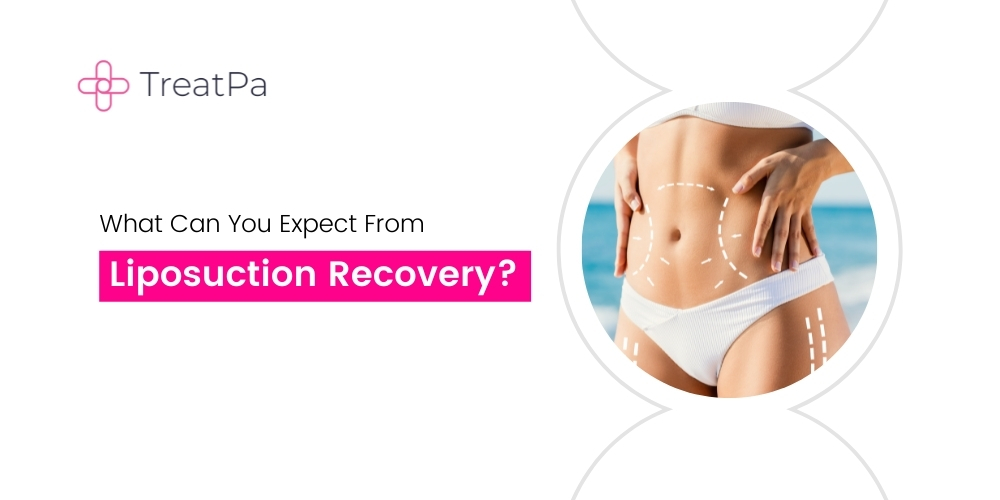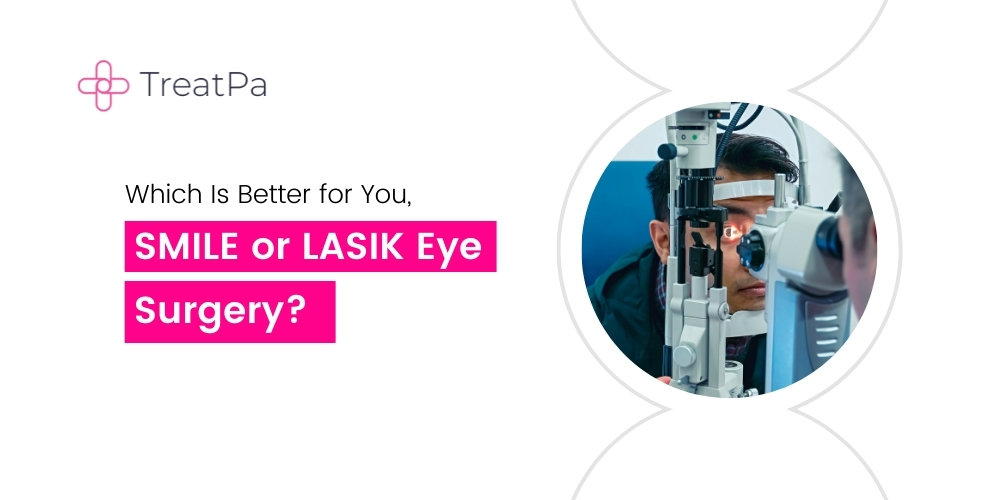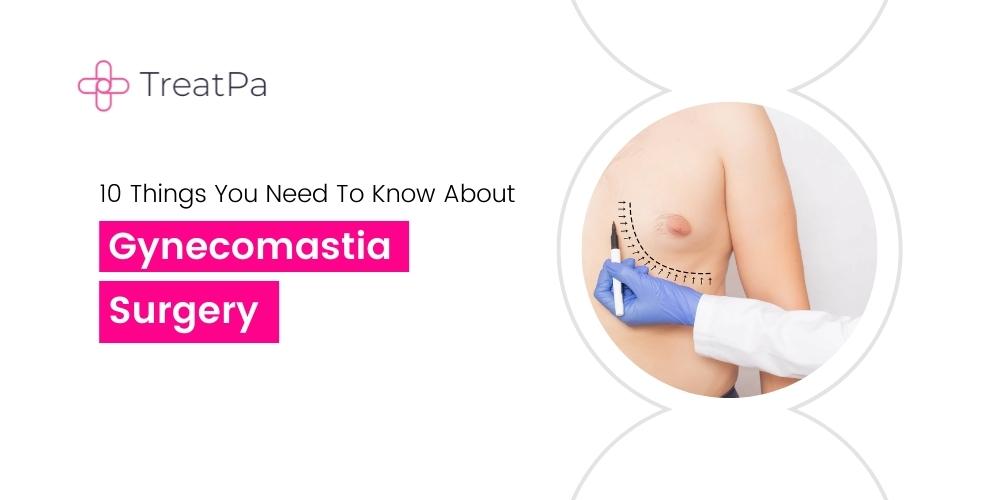Liposuction is a surgical procedure that involves a suction technique to remove excess fat from a particular part of the body. The areas where the liposuction is performed are the hips, lower abdomen, thighs, arms, buttocks, or even the neck. The areas that undergo liposuction seem to shape or contours the area. Few other names that include liposuction are lipoplasty and body contouring. Though liposuction cannot give you an overall weight loss, overall weight loss is only achieved through a complete diet and workout. You can choose bariatric procedures like gastric bypass surgery. Liposuction is considered cosmetic surgery.
Why do people choose liposuction?
As liposuction is considered a cosmetic procedure. This is usually done to feel confident about the way you look. This procedure helps to get rid of unwanted fat from only a particular part of the body that shows no or minimal response towards diets and exercise. The areas where liposuction is performed are:
- Chin
- Neck
- Arms
- Thighs
- Ankles and calves
- Chest and back
- Abdomen
- Upper arms
In addition, liposuction is considered for breast removal or in the cases of gynecomastia.
Weight gain occurs when the fat cells increase in size and volume. Liposuction tends to break down the cells and reduce their number. Liposuction contouring changes are usually permanent and may seem to fade off once you start gaining weight. After the liposuction procedure, the skin in the area molds itself to the contouring. In case you have skin with good elasticity then your skin looks even and toned, if you have loose skin, you will need to undergo another procedure to avoid your skin looking loose. Liposuction is not performed to remove cellulite or surface irregularities of the skin. Likewise, the stretch marks cannot be removed through liposuction.
People with good health alone can undergo liposuction surgery, most people who do not have any underlying health complications and also who have not undergone any serious surgery in the past.
Before the surgery:
Prior to your liposuction procedure, the specialist might check circles and lines on the spaces of your body to be dealt with. Your doctor may put a few restrictions on the food before the surgery.
How your liposuction process is done relies upon the particular procedure that is utilized. Your specialist will choose the fitting strategy dependent on your treatment objectives, the space of your body to be dealt with, and regardless of whether you have had other liposuction methods previously.
Tumescent liposuction: This is the most common type of liposuction. The surgeon injects a sterile solution, a mixture of saltwater, which aids fat removal, an anesthetic (lidocaine) to relieve pain, and a drug (epinephrine) that causes the blood vessels to constrict into the area that’s being treated. The fluid mixture causes the affected area to swell and stiffen.
The surgeon then makes small cuts into your skin and inserts a thin tube called a cannula under your skin. The cannula is connected to a vacuum that suctions fat and fluids from your body. Your body fluid may be replenished through an intravenous (IV) line.
Ultrasound-assisted liposuction (UAL). This type of liposuction is sometimes used in conjunction with traditional liposuction. During UAL, the surgeon inserts a metal rod that emits ultrasonic energy under your skin. This ruptures the fat cell walls and breaks down the fat for easier removal. A new generation of UAL called VASER-assisted liposuction uses a device that may improve skin contouring and reduce the chance of skin injuries.
Laser-assisted liposuction (LAL). This technique uses high-intensity laser light to break down fat for removal. During LAL, the surgeon inserts a laser fiber through a small incision in the skin and emulsifies fat deposits. The fat is then removed via a cannula.
Power-assisted liposuction (PAL). This type of liposuction uses a cannula that moves in a rapid back-and-forth motion. This vibration allows the surgeon to pull out tough fat more easily and faster. PAL may sometimes cause less pain and swelling and can allow the surgeon to remove fat with more precision. Your surgeon may select this technique if large volumes of fat need to be removed or if you’ve had a previous liposuction Treatment procedure
During the procedure:
Some liposuction techniques might require just nearby or provincial sedation restricted to a particular space of your body. Different systems might require general sedation, which actuates a brief condition of obviousness. You might be given a narcotic, ordinarily through an IV infusion, to assist you with staying cool and loose.
The careful group will screen your pulse, circulatory strain, and oxygen level all through the technique. In case you are given nearby sedation and feel torment during the strategy, tell your specialist. The drug or movements might require change.
The technique might last as long as a few hours, contingent upon the degree of fat expulsion.
After the procedure:
Expect some pain, expanding and swelling after the procedure. Your specialist might recommend a prescription to assist with controlling the pain and antimicrobials to decrease the risk of infection.
After the method, the specialist might leave your cuts open and spot transitory channels to advance liquid waste. You typically need to wear tight pressure articles of clothing, which assist with decreasing enlarging, for half a month.
You might have to stand by a couple of days prior to getting back to work and half a month prior to continuing your typical exercises including exercise.
Risks involved in Liposuction:
Liposuction is still a surgical procedure, so there are a few dangers. You can reduce the risks by ensuring it is done by a certified specialist.
There are a few potential dangers straightforwardly identified with liposuction that you actually need to consider, including:
- Loss of blood
- Complexities from anesthesia
- Shock (from not getting sufficient fluid during a medical procedure)
- Liquid collection (pockets of liquid shaping under the skin)
- Infection (strep, staph)
- Fat embolism (when small bits of fat split away and square bloodstream)
- Responses to lidocaine
- Change in skin sensation; deadness
- Harm to nerves, veins, muscles, lungs, and stomach organs
Another danger is blood coagulation in your profound veins. Clumps can be extremely risky in the event that they travel to different pieces of your body, like your lungs. Understanding the complete process and getting it done from only certified doctors can be risky.




